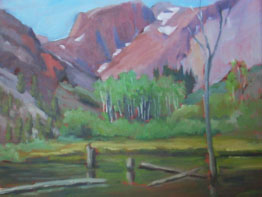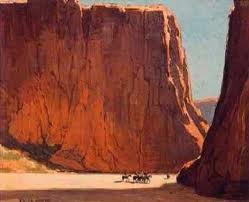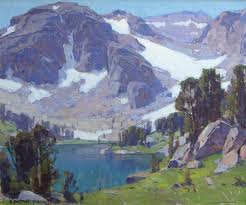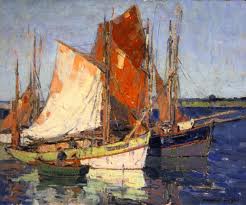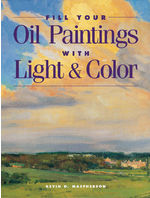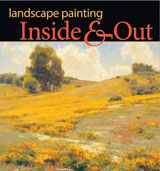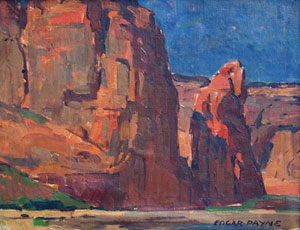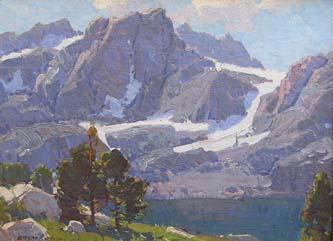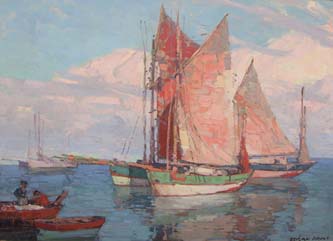Critical vs Judgmental
 Thursday, May 10, 2012 at 11:15PM
Thursday, May 10, 2012 at 11:15PM First a major apology: I intended to maintain my blog and then I disappeared. I apologize. My motherboard died and inexplicitly I lost all data from Jan of 2011 until Apr of 2012. Interestingly for me has been the difficulty in getting back into using my computer from that loss. I still don’t have a sound card though my son plans to install one soon. That said it’s time for me to get back to sharing the business of art.
One of the topics that has been arising in classes is the concept of being critical versus judgmental. To be honest, we’re all judgmental (synonyms: critical, hypercritical, condemnatory, negative, disapproving, disparaging), especially of our own work. It is important that we maintain an eye on the analytical aspect of being critical, that is being judicious. There are, of course, the negative synonyms associated with the term “critical” (unfavorable, disparaging, disapproving, nit-picking (I know that describes me!), judgmental, unsympathetic, derogatory, fault-finding) but in this situation we are not focusing on the negative connotations of the word.
Critical and Judgmental can be considered brothers/sisters in definition. They overlap in a very sensitive structure and it’s important that we separate them. Like entwined twins, as close as they are, they are not entirely identical in their nature. When we speak of being critical in the art world, we are speaking of being analytical. If we are using statements which steal the life from our efforts, it is time to stop, walk away, let it go. Once we realign ourselves with “what we can learn” versus “what we think is wrong”, then it’s time to look again.
If we allow the demons of judgment to cloud our vision we will never move beyond our own self-doubt. We need our critical eye to continue to develop. As artists we must learn to be judicious, not judgmental. It’s how we continue to grow. Learn to be your own best friend!

